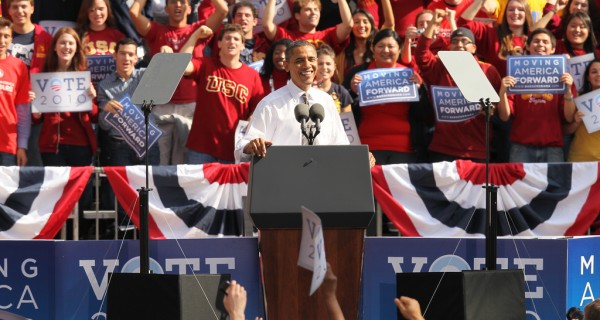The rapid uptake of smartphones has had a significant impact in retail.
Many stores are seeking ways to combat ‘show-rooming’, where consumers browse in-store and then buy elsewhere on their mobile. Some, such as Best Buy are simply matching online prices, others such as Macys and Toys-R-Us are creating a more immersive app-based experience to win their customers on the service side.
The other trend has been the re-invention of the store. Take the products away, and instead use posters to display the products. It means that the shops can be pretty much anywhere. Whilst some have described these as ‘virtual stores’, arguably they are not virtual as they clearly exist in the real world. Instead I am calling these ‘unstores’.
The first to appear was Tesco Homeplus in Korea , with their QR-based metro posters. Since then retail brands including PayPal (Singapore), eBay (London), Argos (London), Delhaize(Brussels) and John Lewis (Brighton) have delivered similar offerings. Net-A-Porter’s (London and New York) pop up window used augmented reality rather than QR codes, and Tesco’s F&F pop up store (London) used iPads and QR tags to allow users to order products.
These examples were all short-term, largely PR exercises, however the future looks more permanent. Chinese supermarket retailer, Yihaodain, plans to open 1000 unstores . It makes complete sense in that market. Chinese have no tradition of desk-top retailing, but the rapid uptake of smartphones creates an opportunity to engage the time-poor Chinese worker. This is likely to be just the start. I would expect many brands in Europe and the US to follow suit.
Aprimo Research : “The showrooming trend is just getting started, and it’s ready to explode”
Mark Brill .. I create mobile strategy, campaigns, insight and compliance/best practice for brands and advertising agencies. I also deliver training courses on mobile, social and digital media. Feel free to contact me to find out more about my services.


